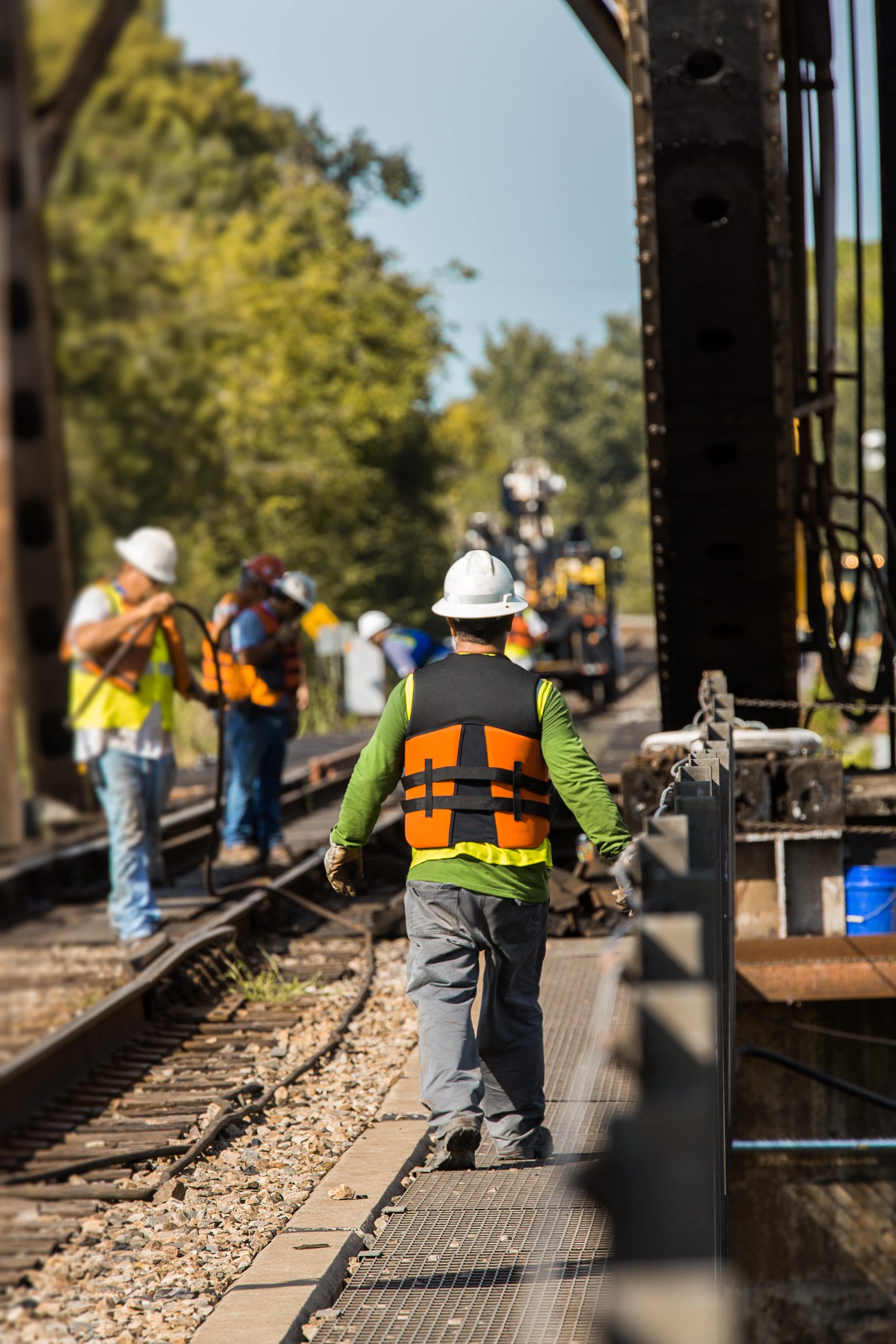Top Railroad Cancer Lawsuit Settlements: An Informative Overview
Railroad workers face many occupational hazards, with exposure to poisonous substances being among the most concerning. Over the years, countless railroad employees have established serious health conditions, including various kinds of cancer. The defend justice has led many to submit lawsuits versus railroad companies, looking for compensation for the discomfort and suffering brought on by these preventable health problems. This post aims to shed light on the top railroad cancer lawsuit settlements, the factors that contribute to these settlements, and the effect of such cases on the lives of the affected individuals.
Comprehending Railroad Cancer Lawsuits
Railroad cancer lawsuits mostly occur from the exposure of workers to hazardous substances during their employment. Some common carcinogens connected to railroad work consist of:
- Benzene: Often discovered in diesel fuel, it is a known human carcinogen.
- Asbestos: Previously utilized in insulation and other products, exposure can lead to mesothelioma, lung cancer, and other major illness.
- Creosote: A wood preservative including many toxic compounds, regular use increases cancer threat among workers.
When employees establish cancer due to these direct exposures, they may have premises for a lawsuit against their company. This may consist of Seeking damages for medical expenditures, lost earnings, and pain and suffering.
Top Railroad Cancer Lawsuit Settlements
Here's a detailed introduction of some significant railroad cancer lawsuit settlements, highlighting the circumstances and results for each case.
| Case Name | Settlement Amount | Year | Conditions | Outcome Summary |
|---|---|---|---|---|
| Railroad Workers Union v. National Railroad | ₤ 50 million | 2021 | Various cancers linked to harmful exposure | A substantial class-action lawsuit that culminated in a settlement benefiting numerous workers who established cancers associated to long-term exposure to diesel exhaust. |
| Smith v. Pennsylvania Rail Company | ₤ 22 million | 2020 | Mesothelioma | The plaintiff, a former staff member, got compensation after proving that asbestos exposure during his period led to his diagnosis. This case set a precedent for future claims involving mesothelioma. |
| Doe v. Union Pacific | ₤ 10 million | 2019 | Lung Cancer | A jury granted this quantity after identifying that the railroad business failed to provide appropriate safety steps to safeguard workers from carcinogenic exposure. |
| Johnson v. Norfolk Southern | ₤ 15 million | 2022 | Various cancers | This case highlighted the railroad's extended disregard of employee security, resulting in a substantial settlement for the afflicted workers and their families. |
| Brown v. BNSF Railway | ₤ 30 million | 2021 | Esophageal and stomach cancer | This landmark case exposed that the railroad's maintenance policies put employees at threat, leading this private to win a considerable settlement. |
Factors Influencing Settlements
Numerous elements can affect the size and success of railroad cancer lawsuit settlements:
- Evidence of Causation: Plaintiffs need to demonstrate a direct link in between their cancer and their job-related direct exposures. Medical records, specialist testaments, and workplace conditions play a crucial role.
- Kind of Cancer: Certain cancers, such as mesothelioma, may lead to bigger settlements due to their aggressive nature and the high costs of treatment.
- Lost Wages and Medical Expenses: The monetary effect of a cancer diagnosis impacts settlement amounts. Courts think about lost earnings and medical expenses when determining damages.
- Business Negligence: Proving that a railroad company failed to follow safety standards or purposefully put employees at threat will strengthen a lawsuit.
- Jurisdiction: The laws and guidelines governing personal injury and occupational exposure differ by state, affecting the legal process and potential compensation.
Frequently asked questions
What is the basis for railroad cancer lawsuits?
Railroad cancer lawsuits are typically based upon the exposure of workers to toxic substances, such as asbestos, benzene, and creosote, causing different kinds of cancer.
How does one file a railroad cancer lawsuit?
To submit a lawsuit, affected individuals usually talk to a lawyer who focuses on occupational exposure cases. The attorney will collect proof, establish a legal method, and submit a complaint in the appropriate jurisdiction.
What types of compensation can plaintiffs receive?
Compensation can include medical expenditures, lost incomes, pain and suffering, and, in many cases, punitive damages if the railroad's actions were especially outright.
What are the time limitations for submitting a lawsuit?
Statutes of limitations vary by state and the nature of the claim, however victims ought to typically file their lawsuits within a couple of years of diagnosis or discovery of the link to office exposure.
Are all railroad cancer lawsuits successful?
Not all lawsuits result in settlements or jury awards. Success depends upon numerous aspects, including the strength of proof, the capability to establish causation, and the legal representation utilized.
Railroad cancer lawsuits are an important avenue for obtaining justice for workers who experience conditions related to harmful office exposure. The significant settlements gone over above show the legal system's recognition of the major effects of such exposure. As Railroad Cancer Attorneys surrounding these cases continues to develop, it highlights the vital value of worker security and the need for railroad business to implement strict steps to safeguard their employees from hazardous exposures. As more workers step forward to look for justice, the landscape of occupational disease litigation grows more complicated, however likewise more confident for those impacted by these devastating illnesses.

